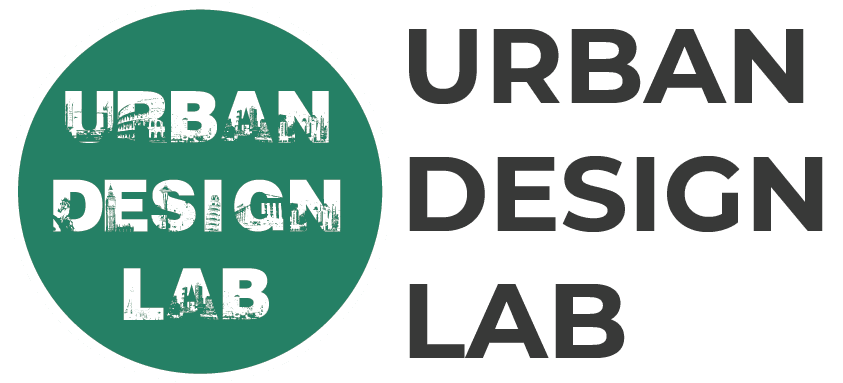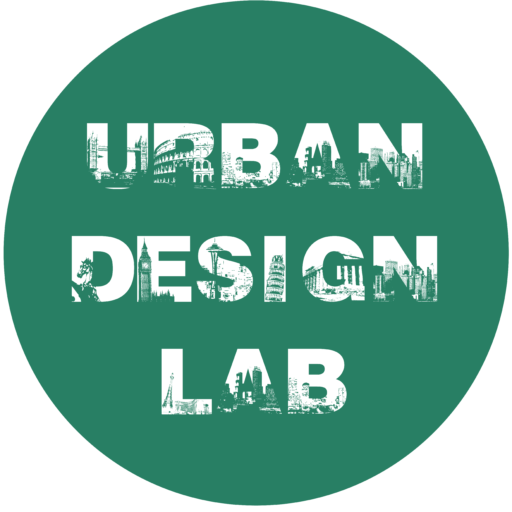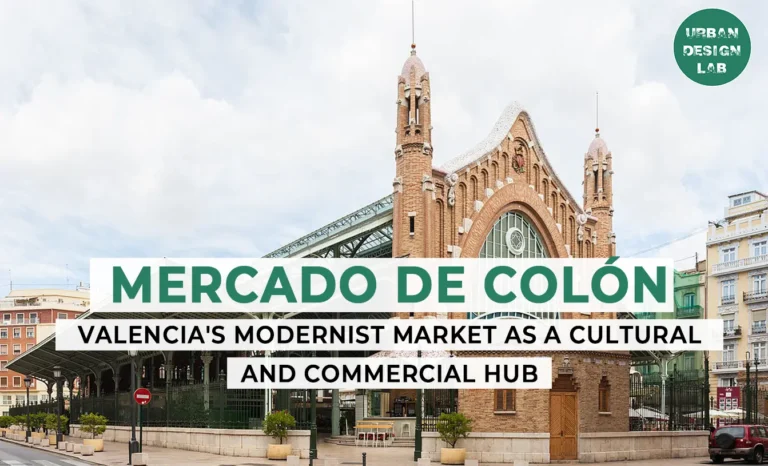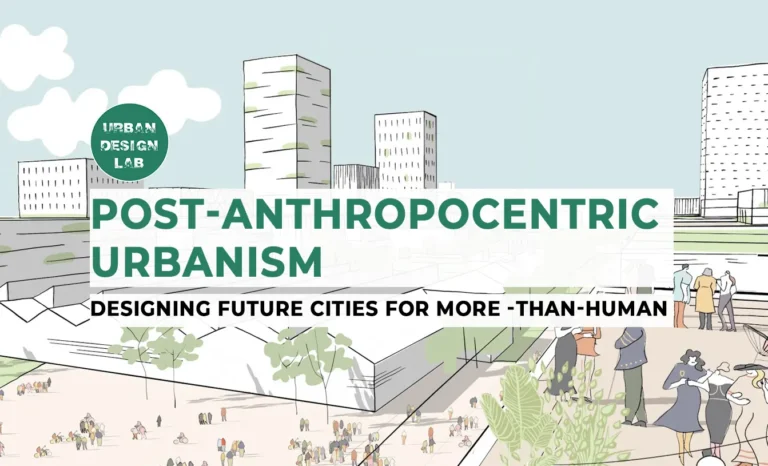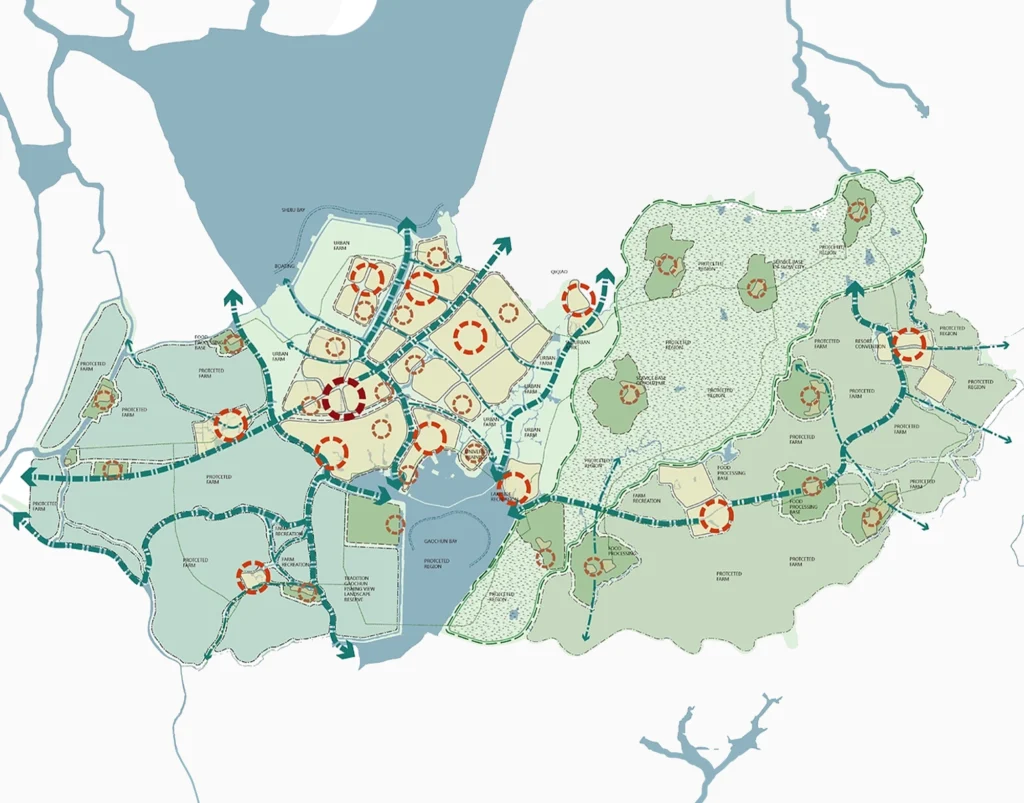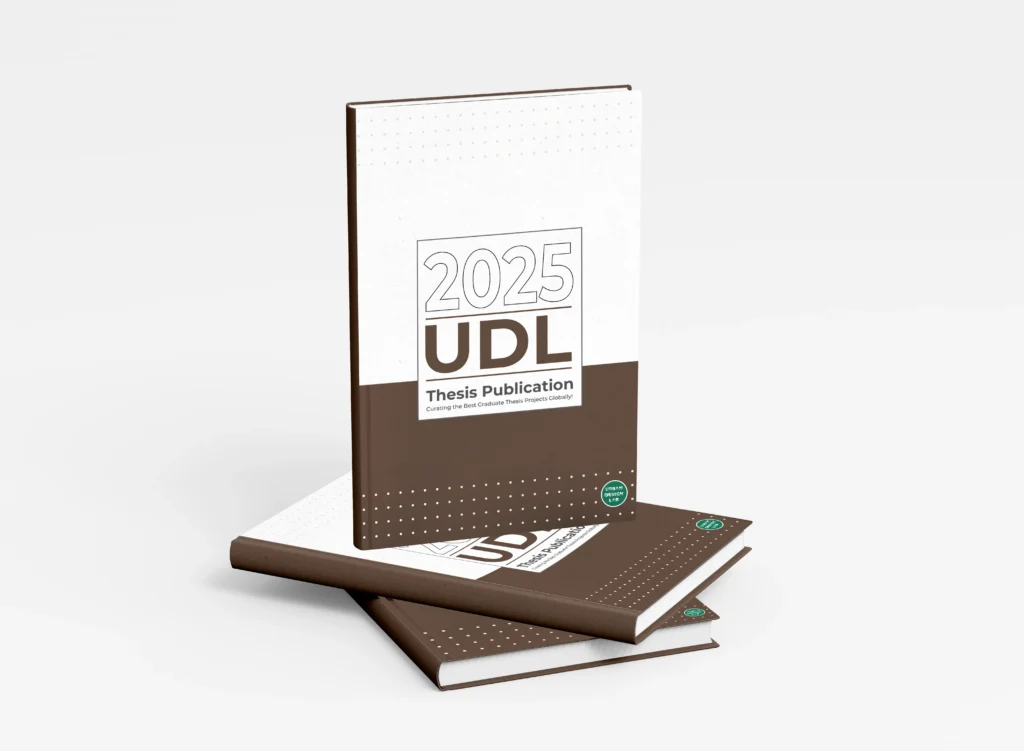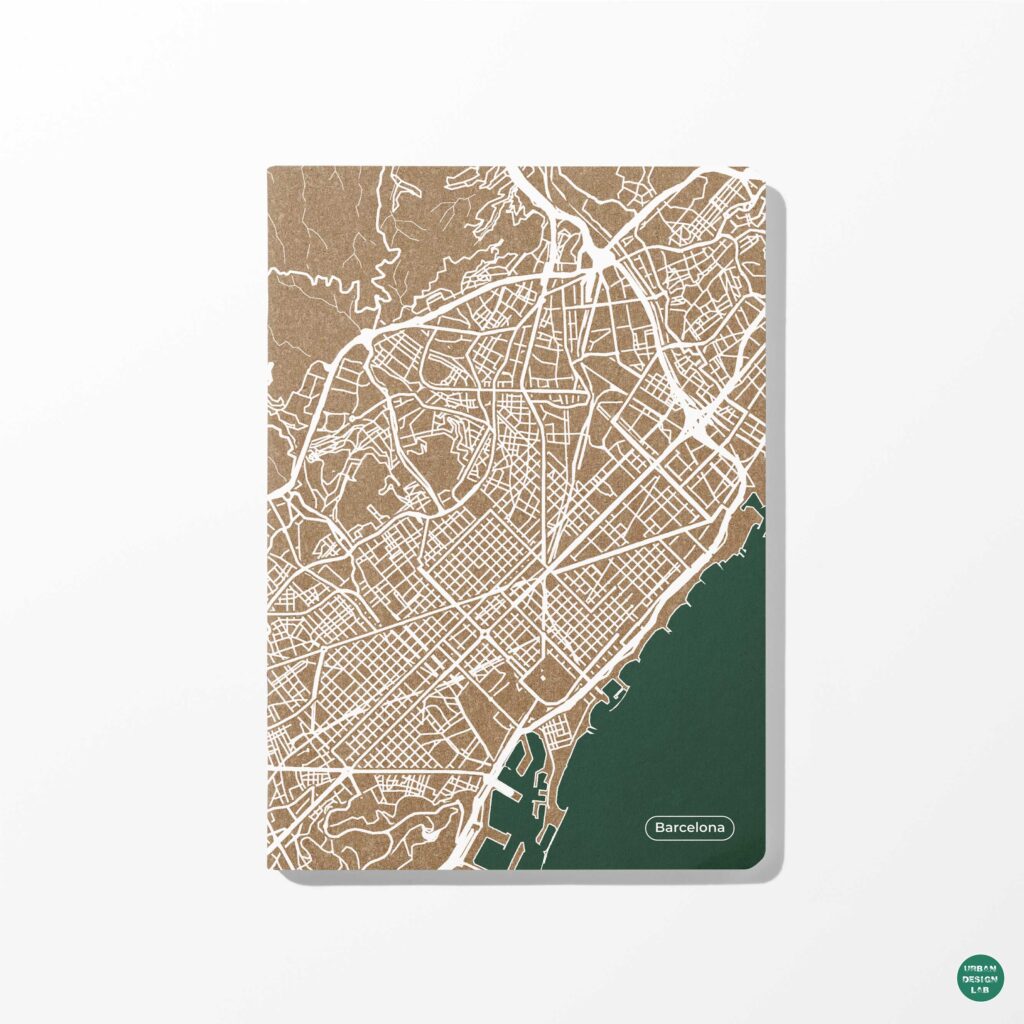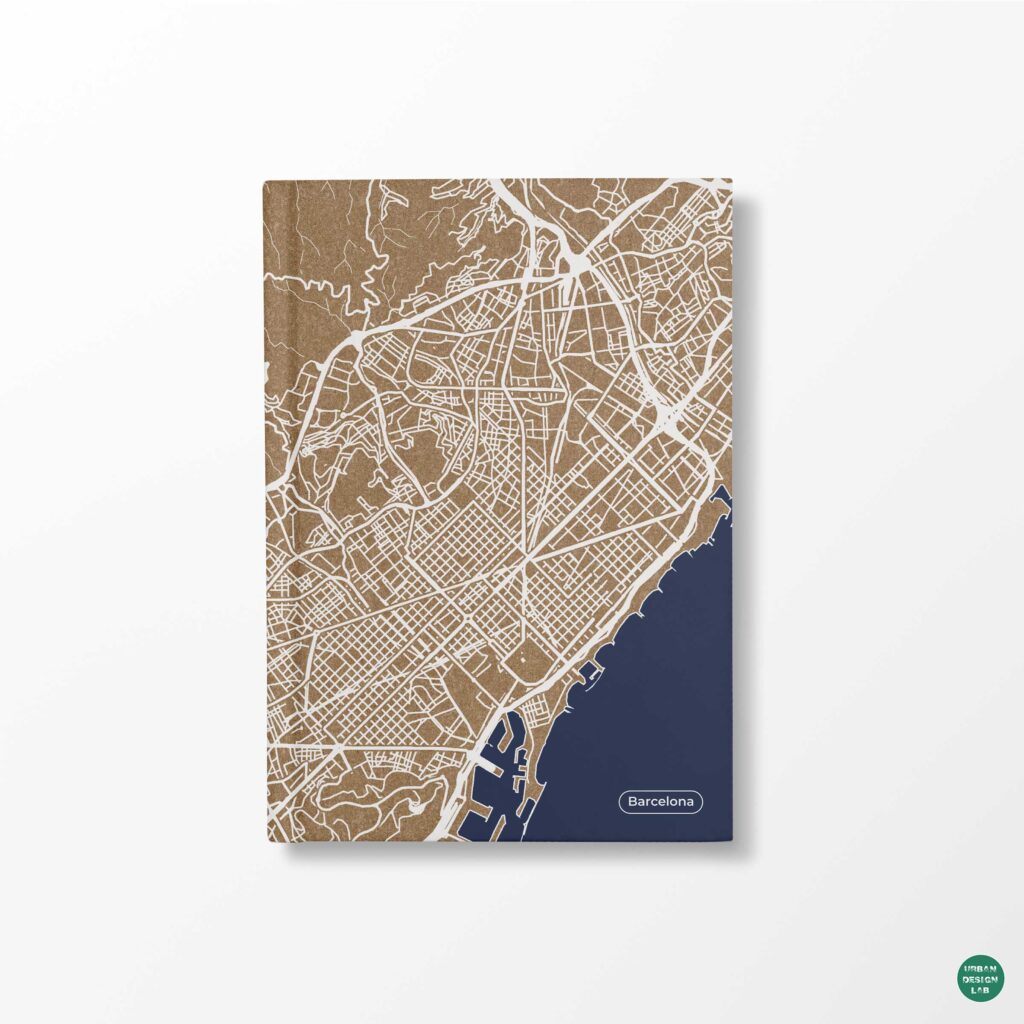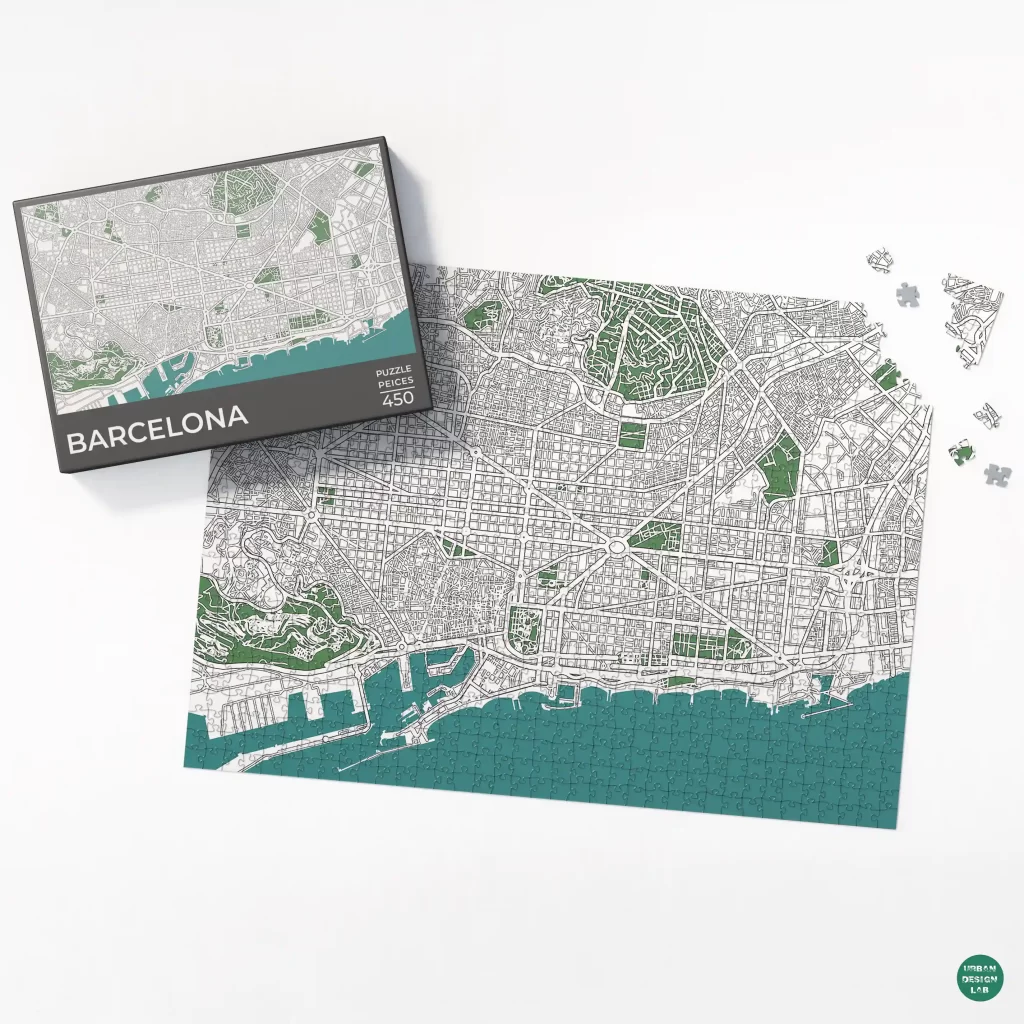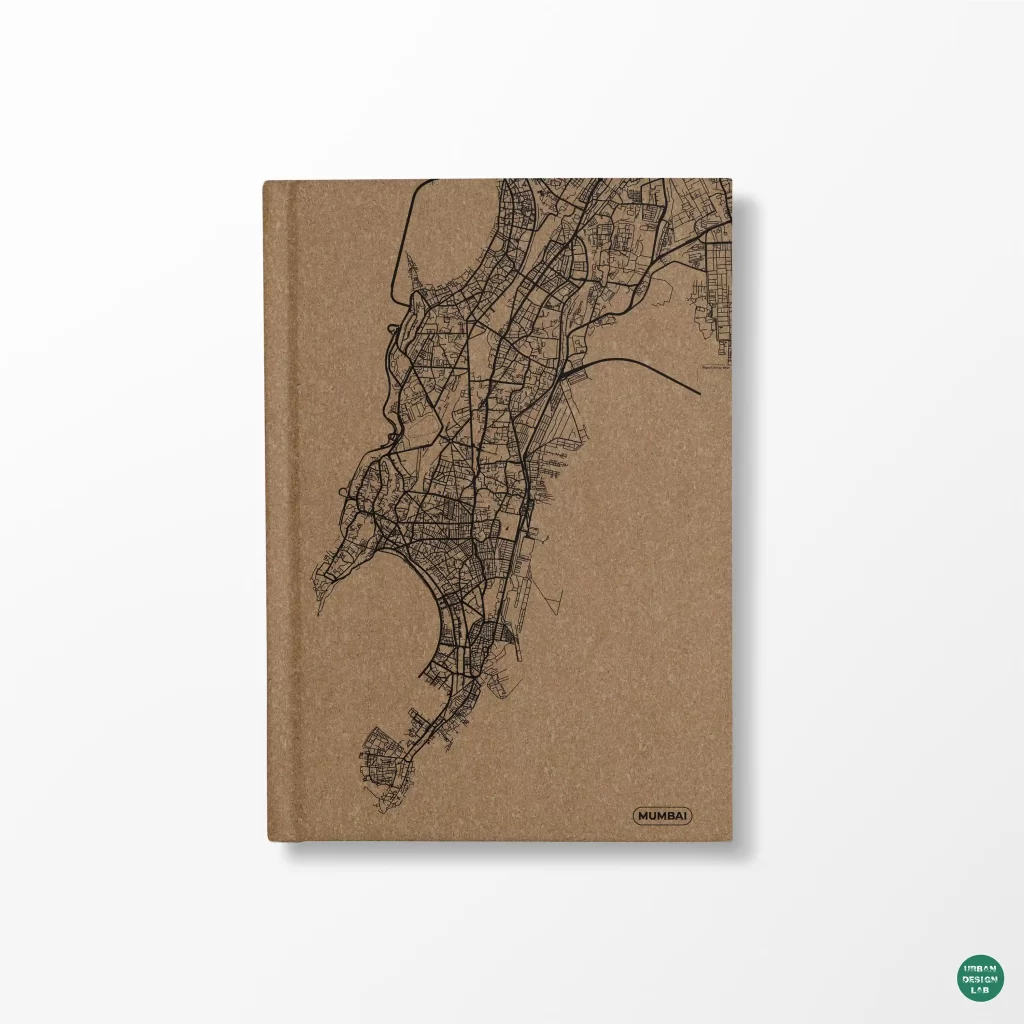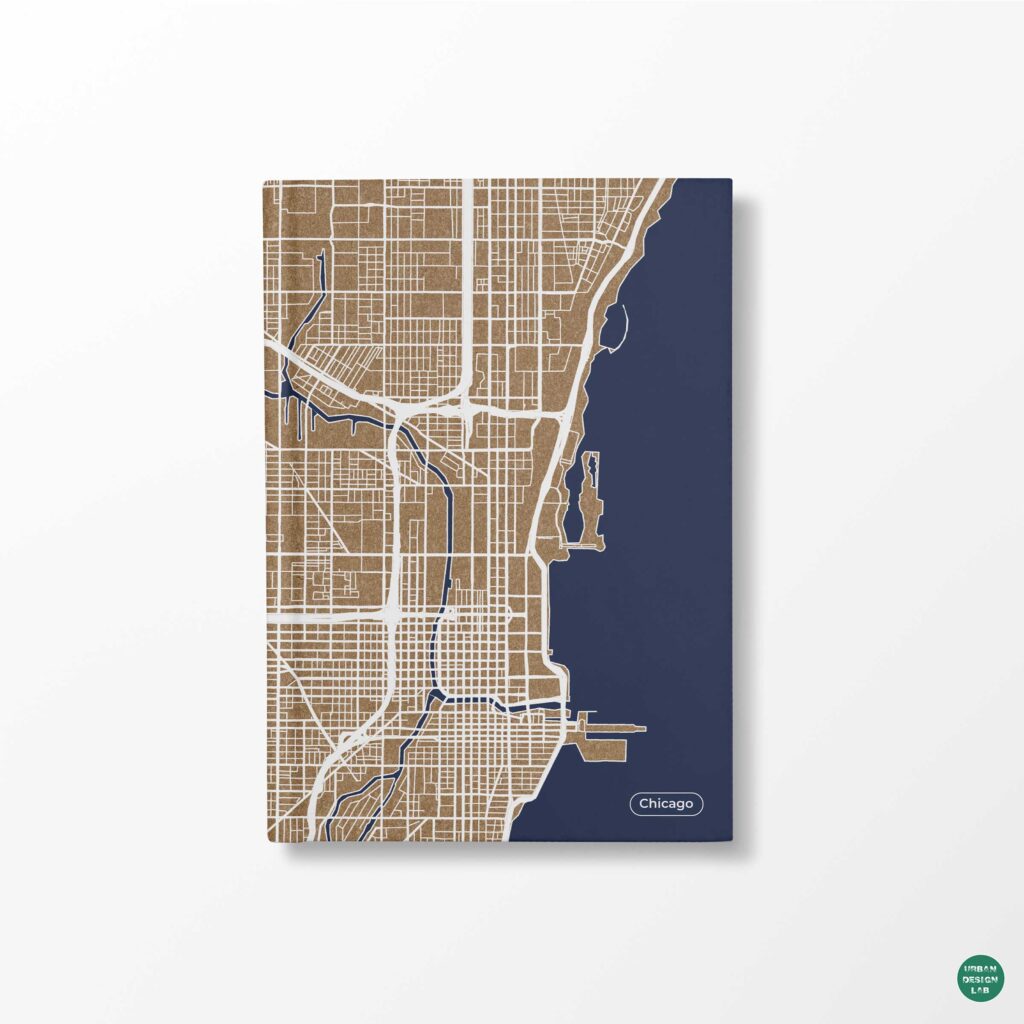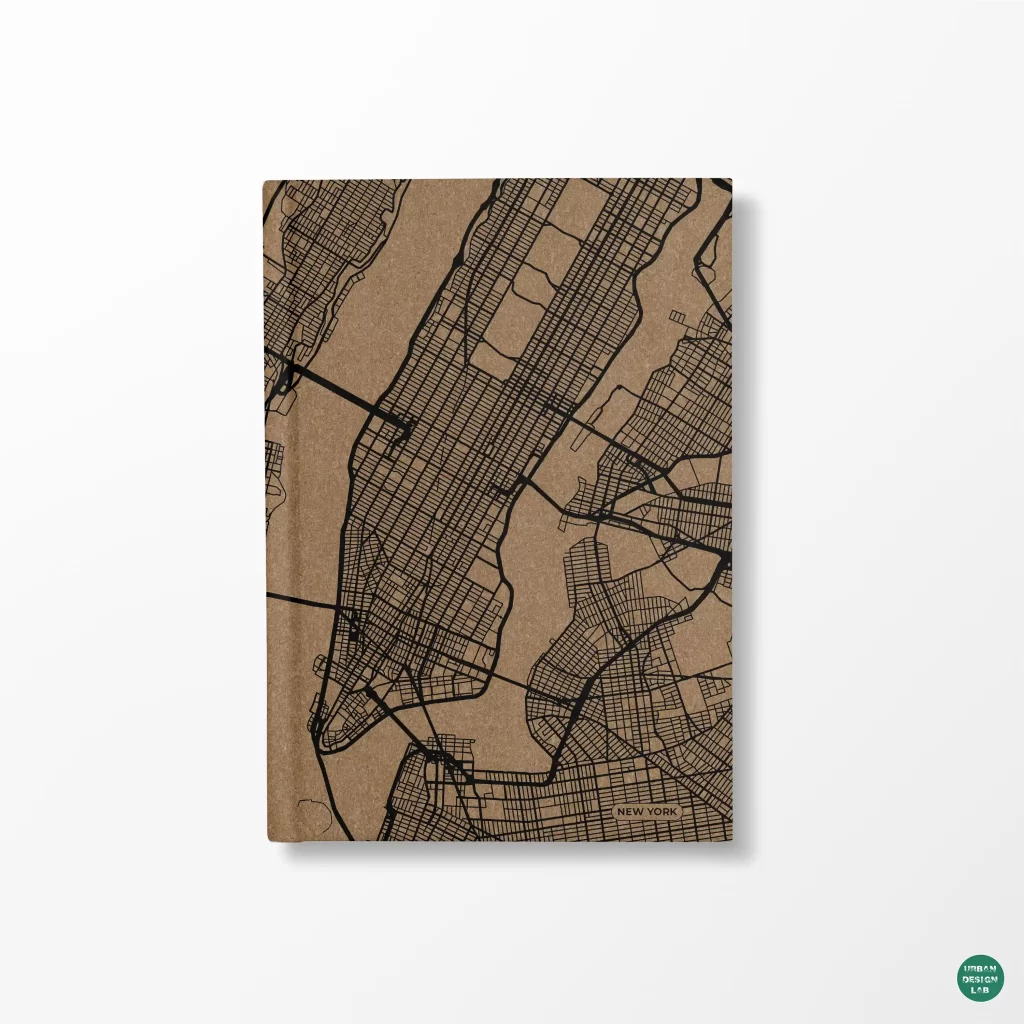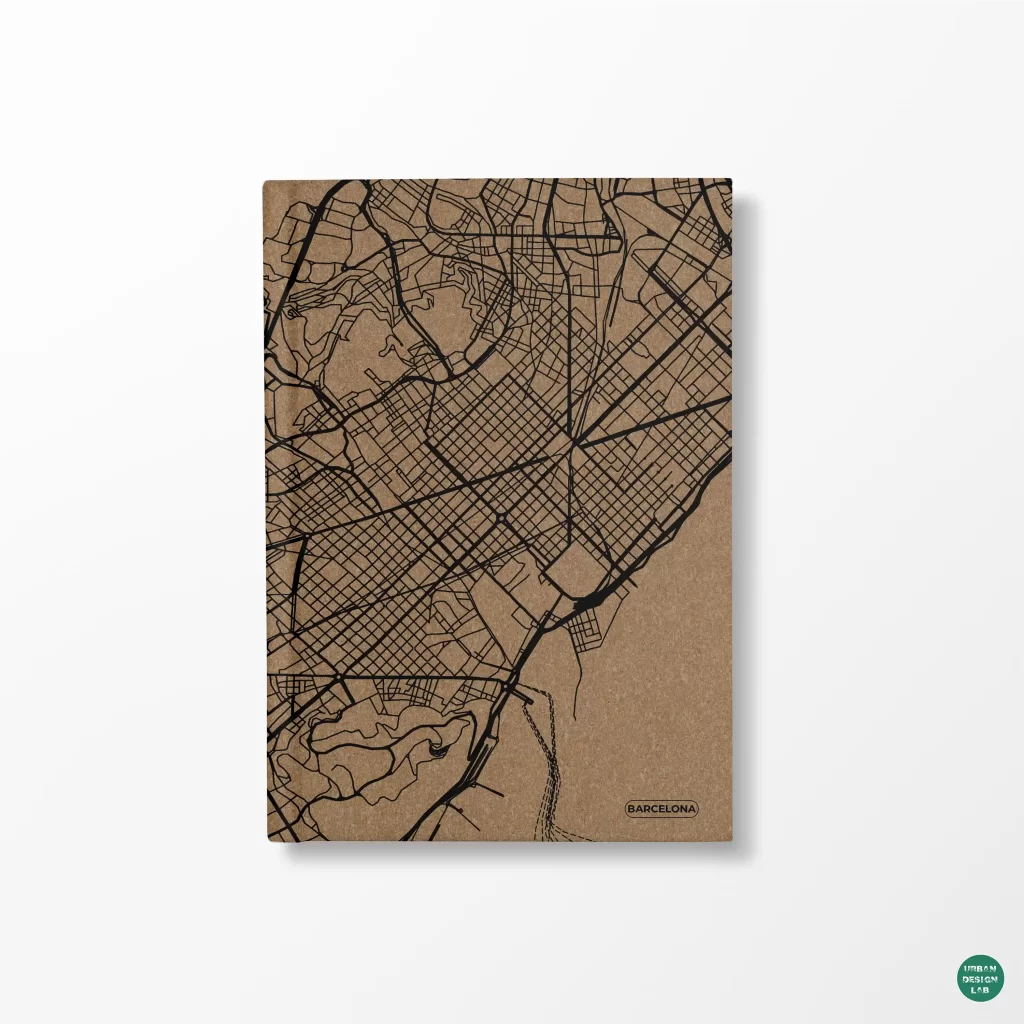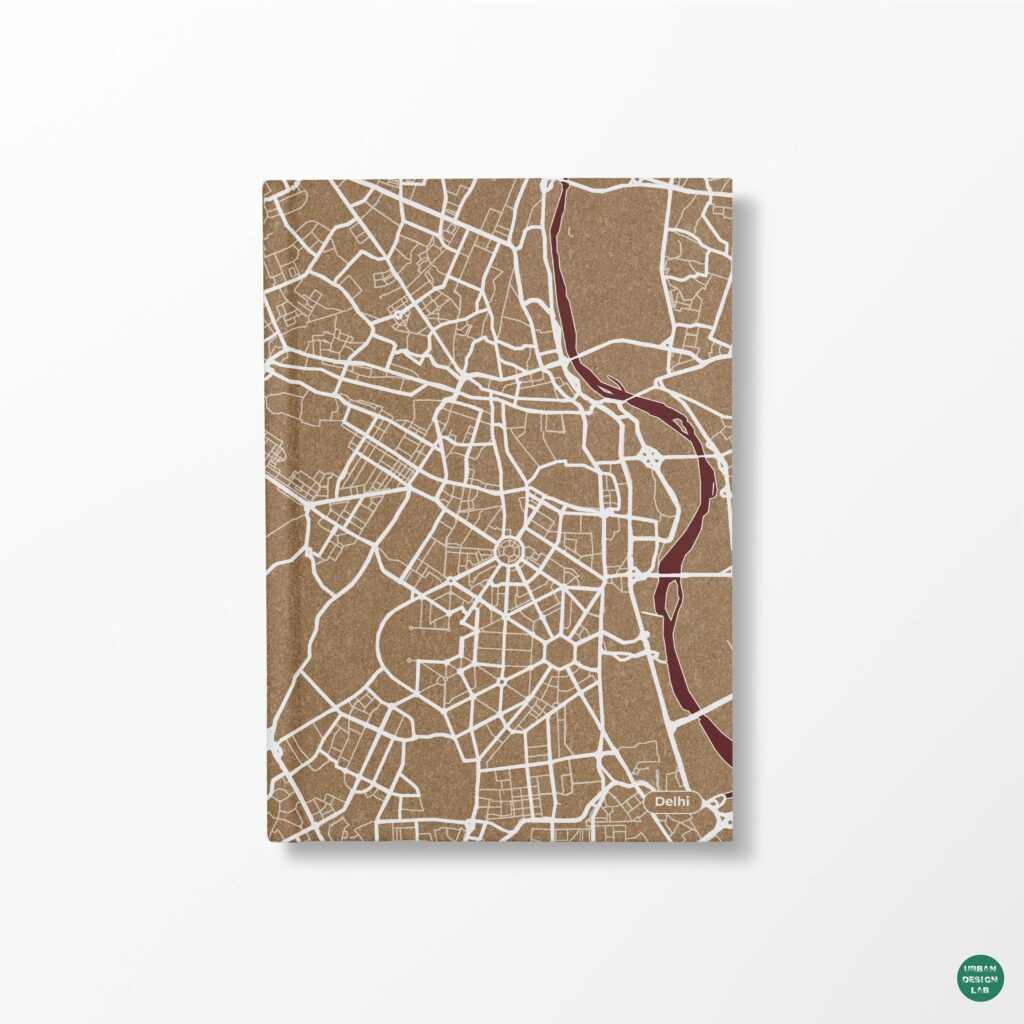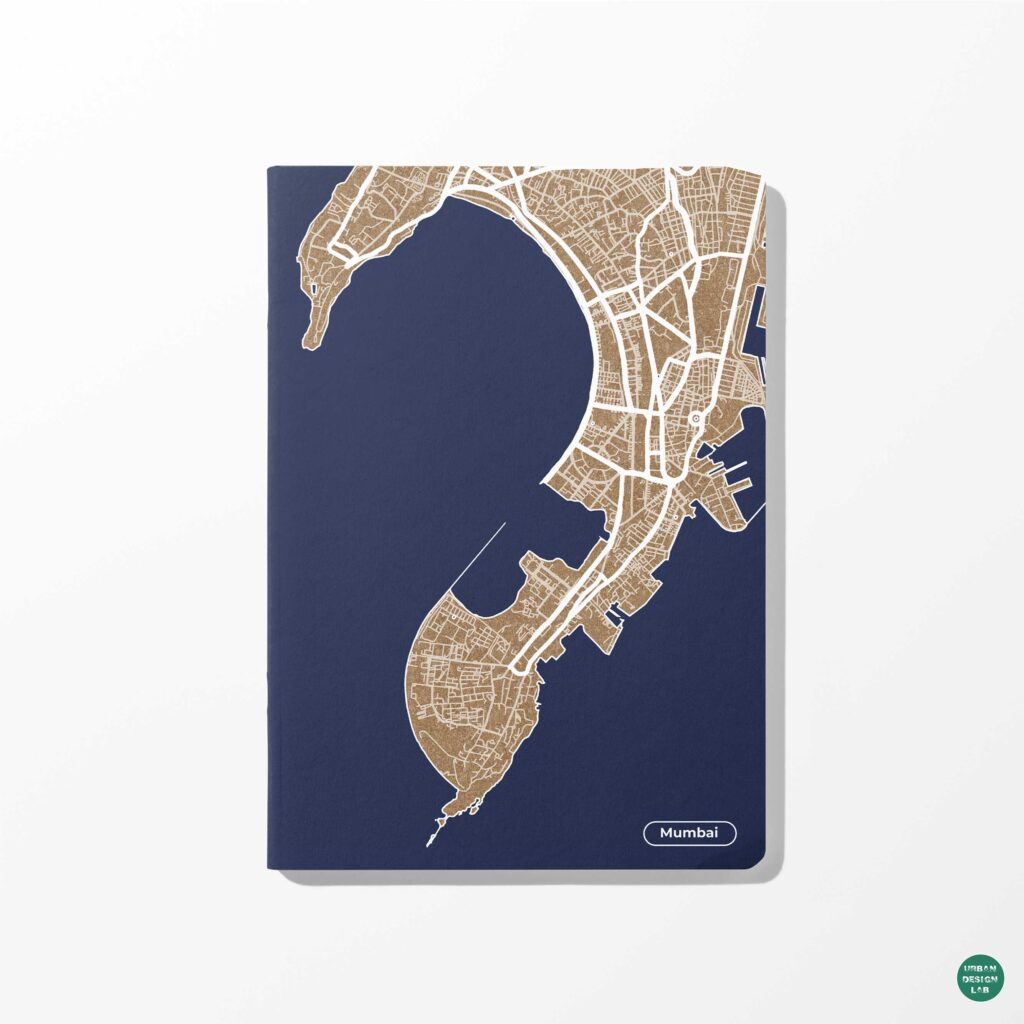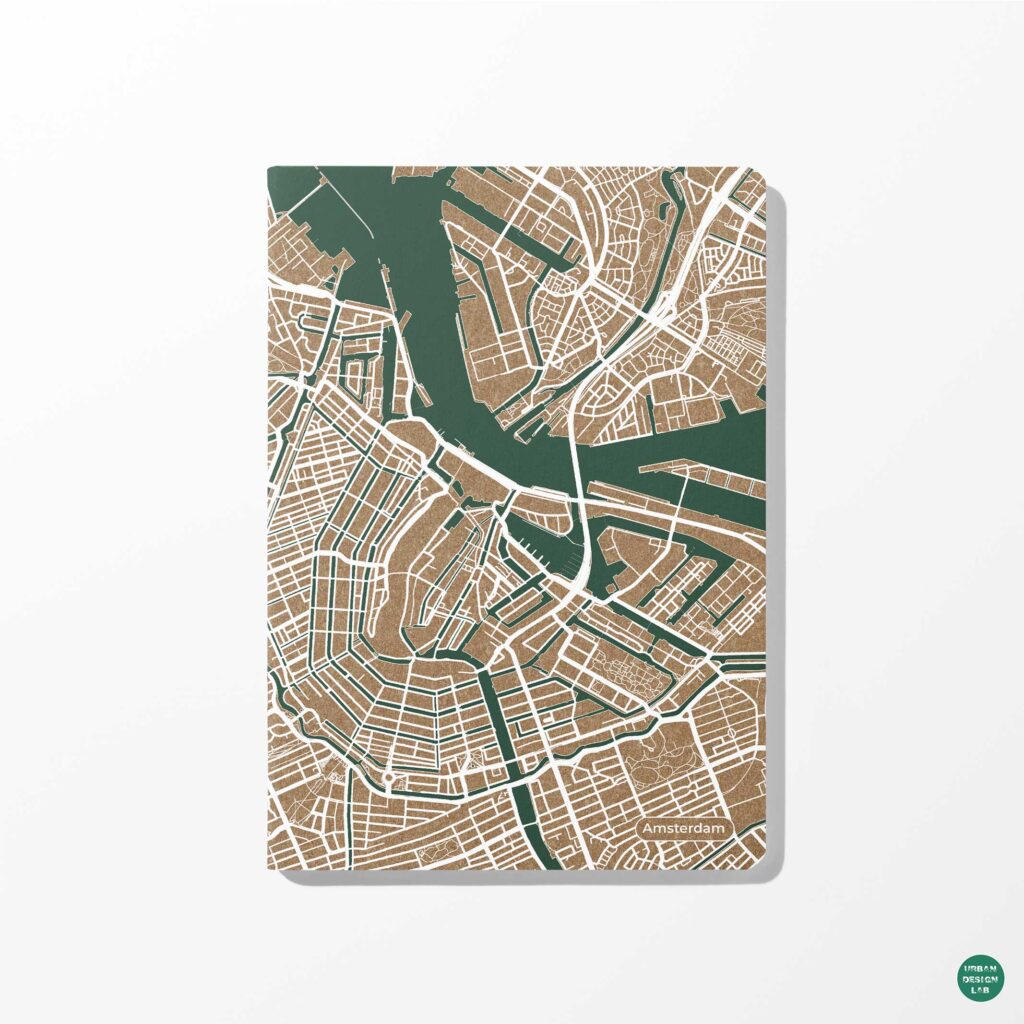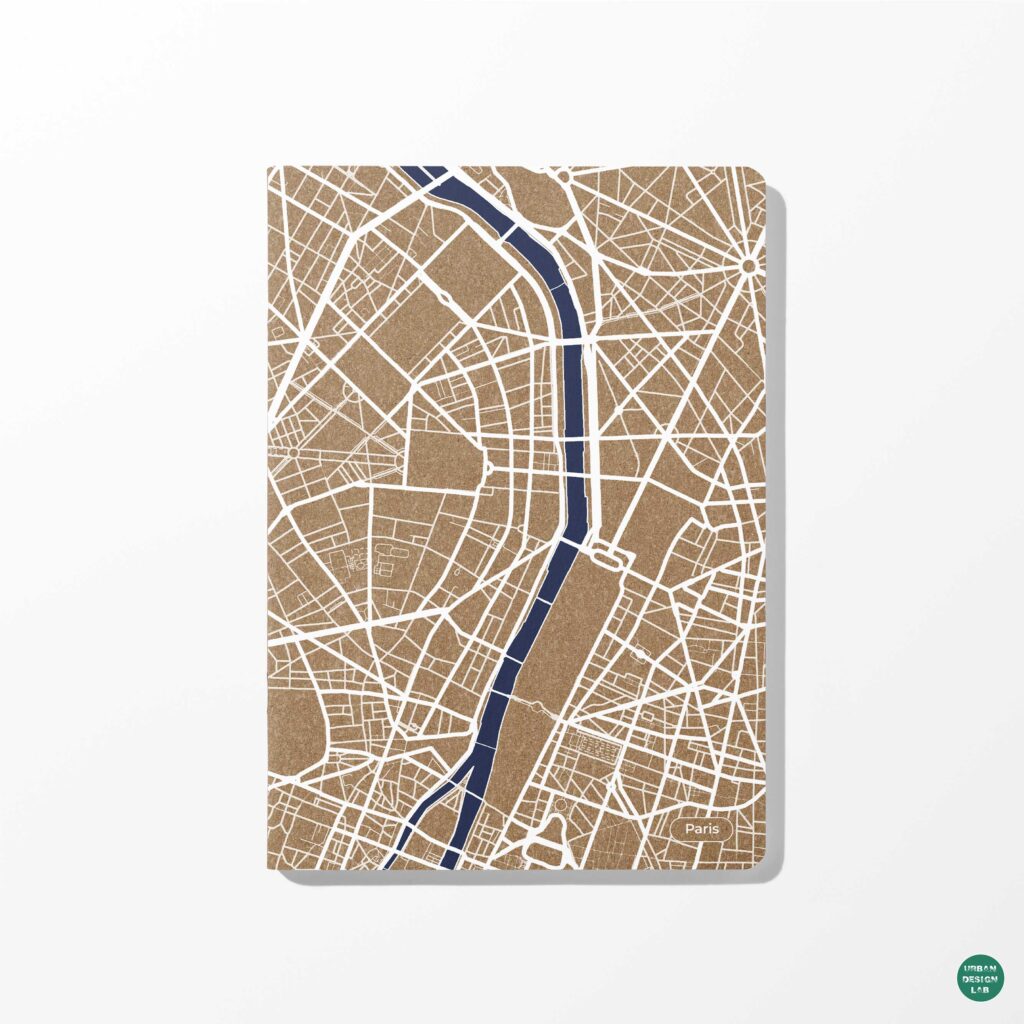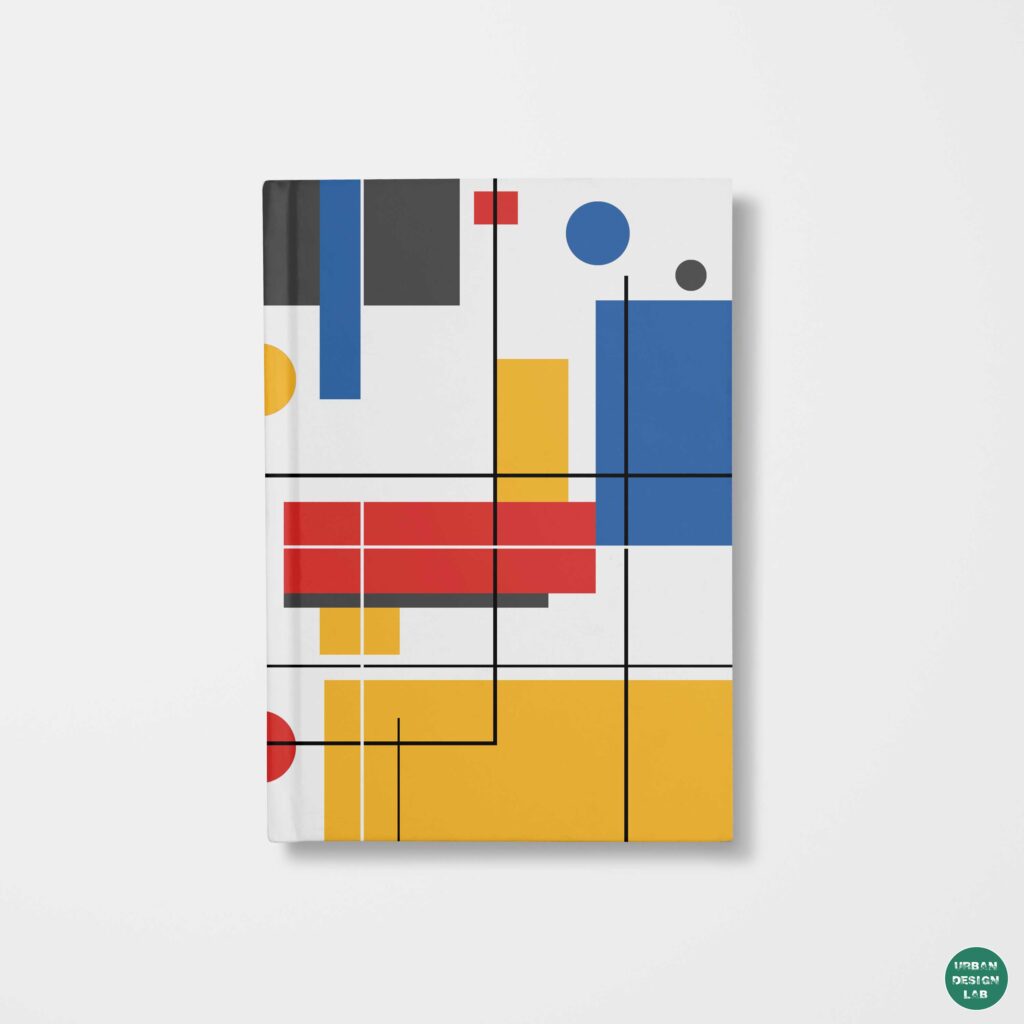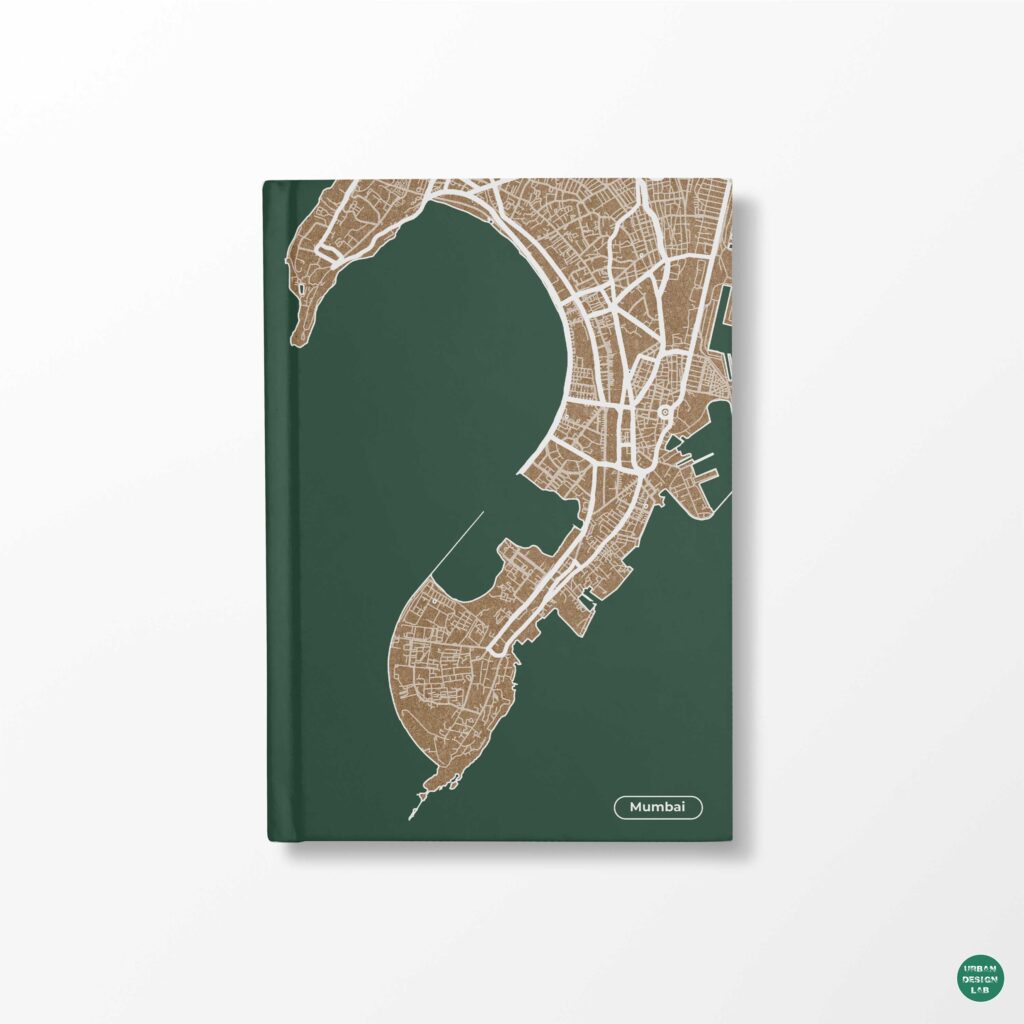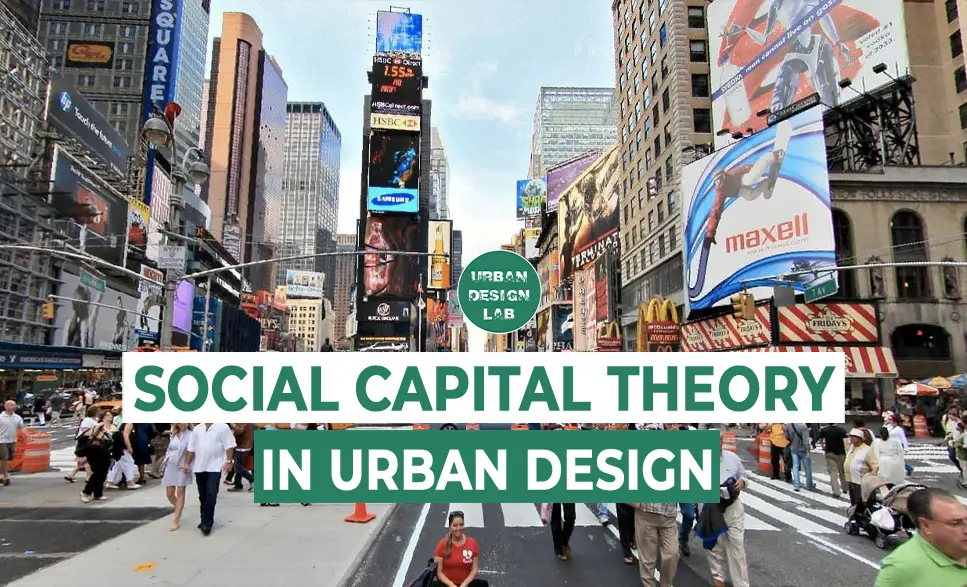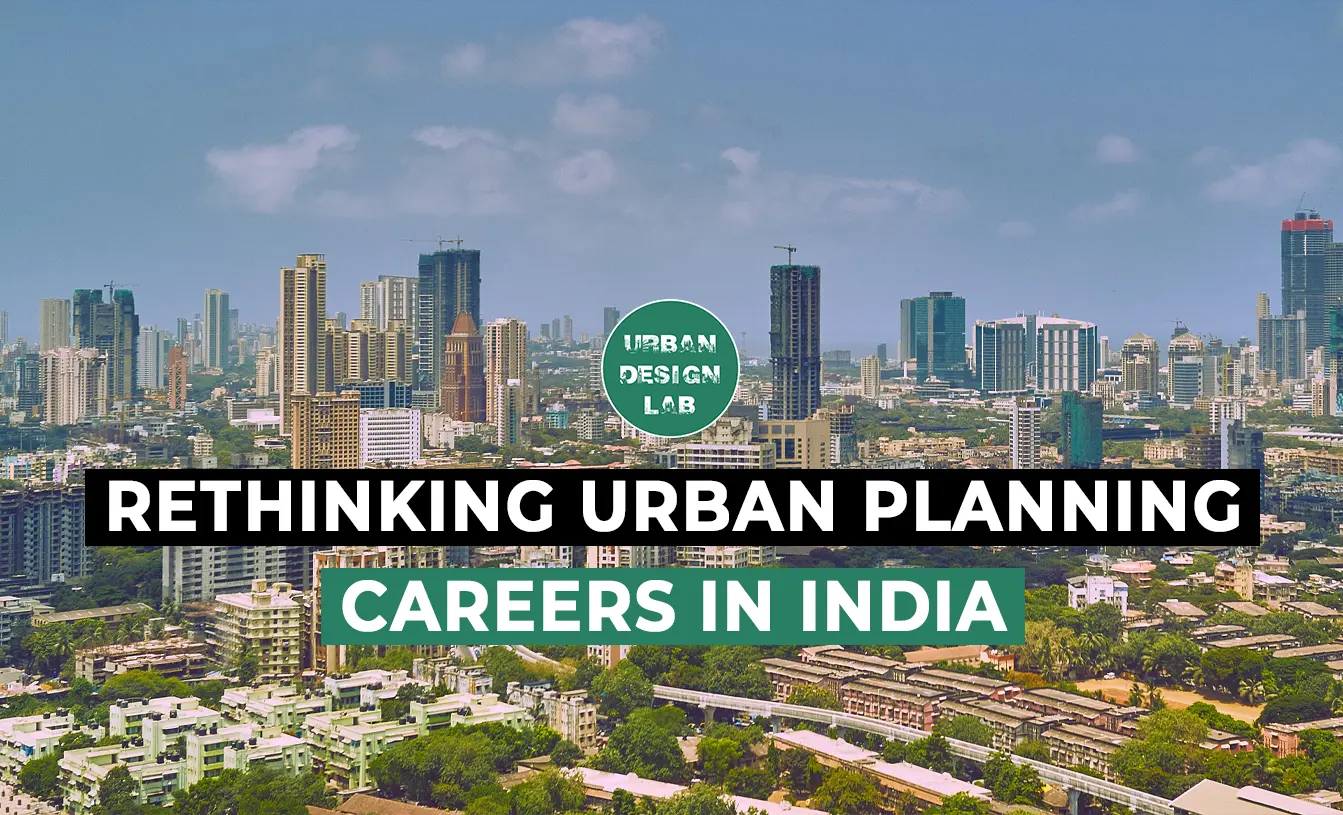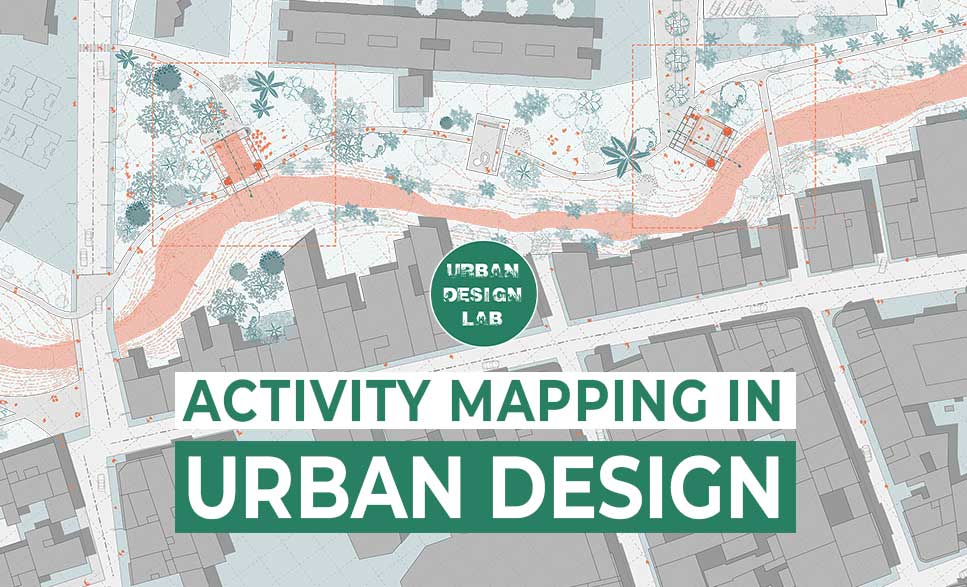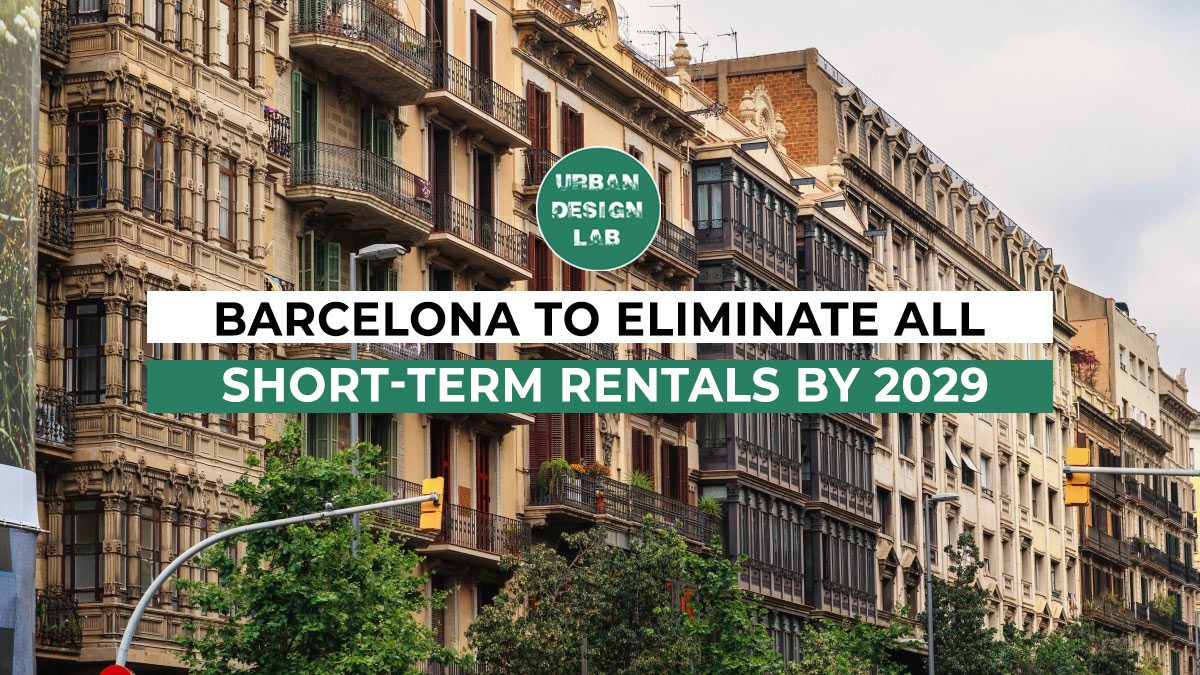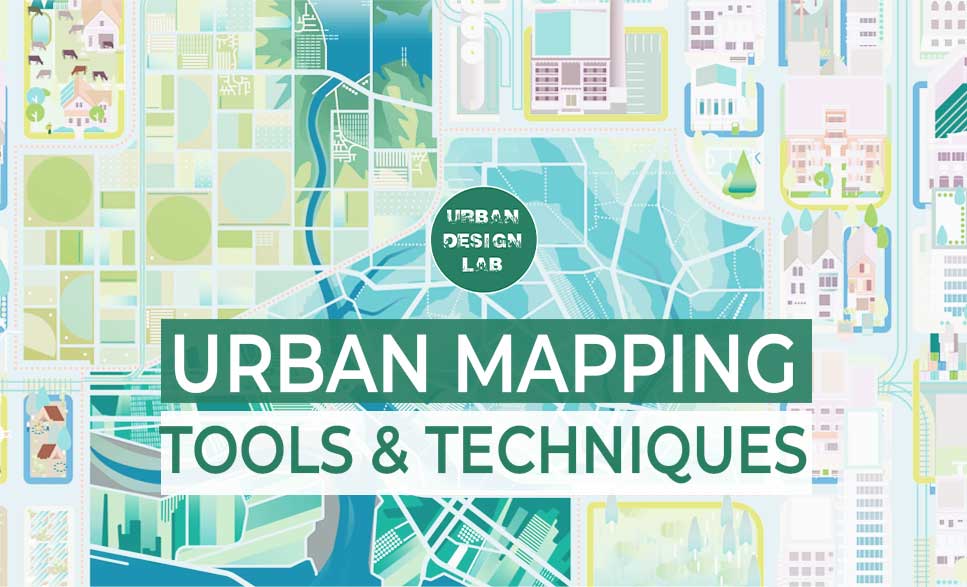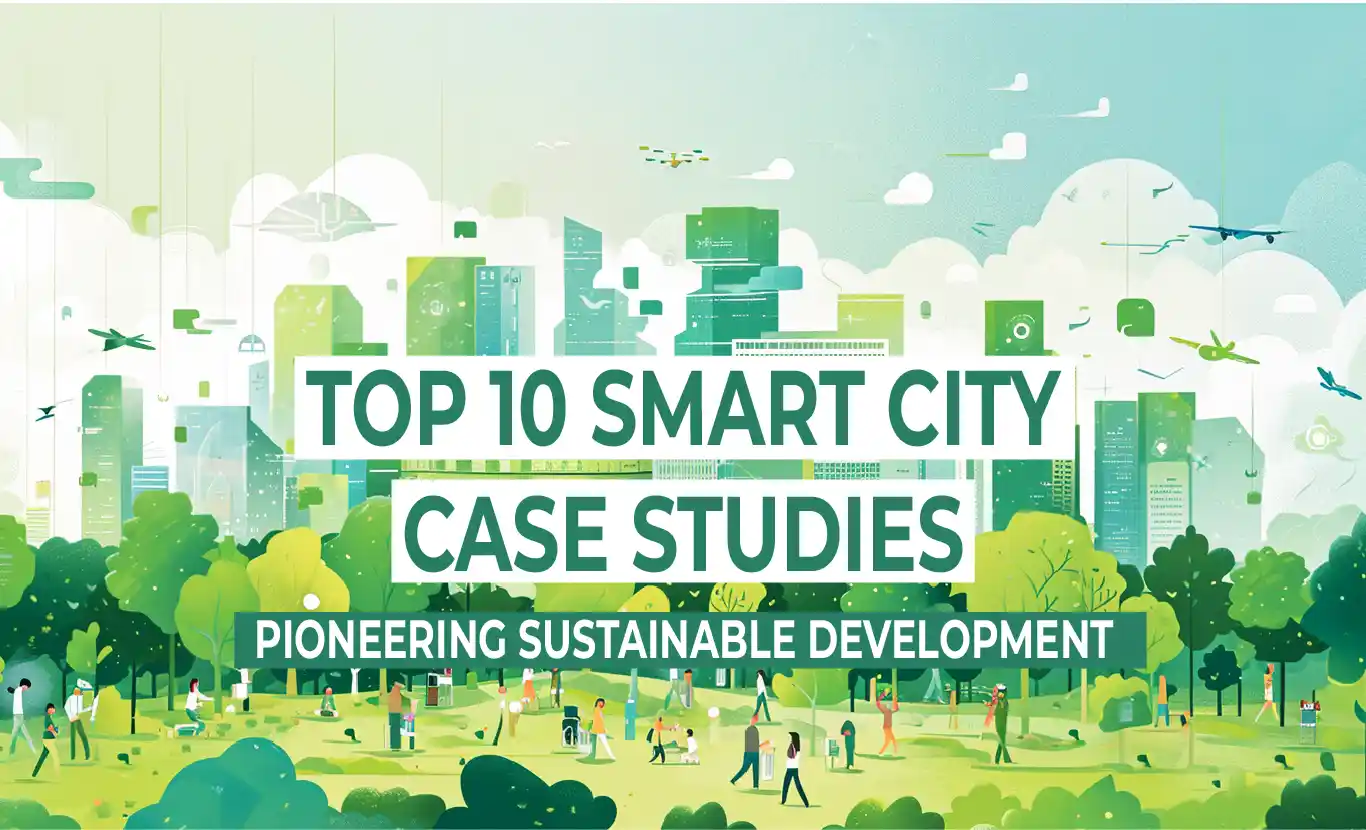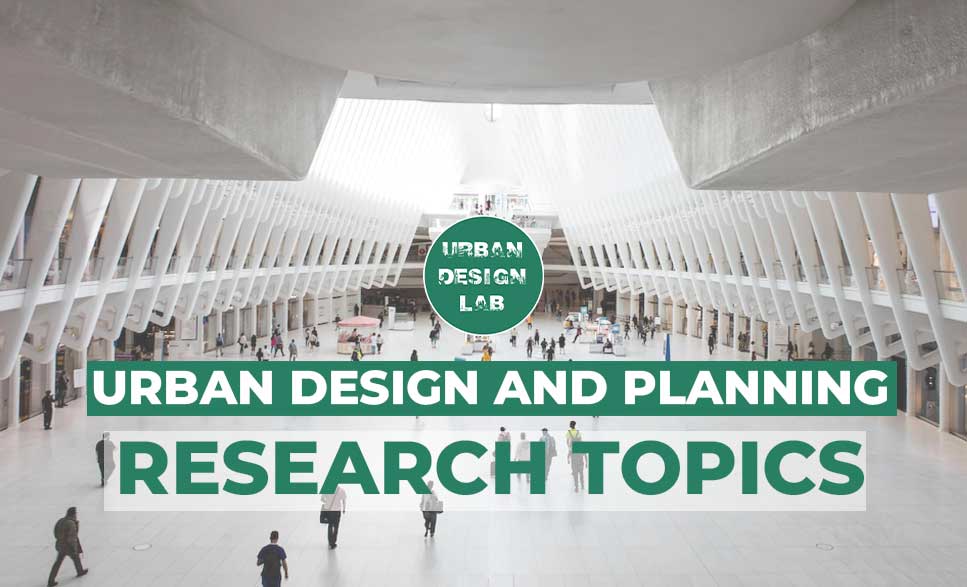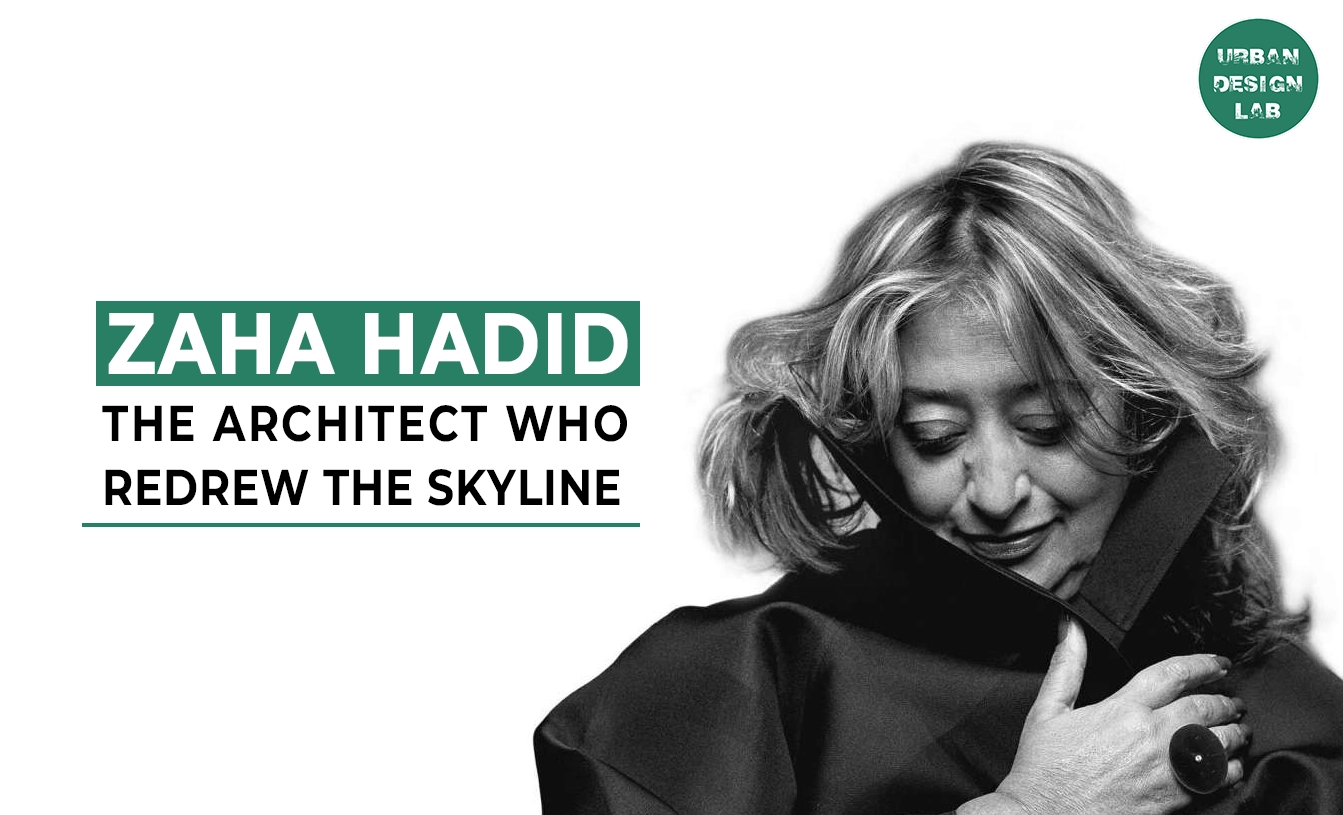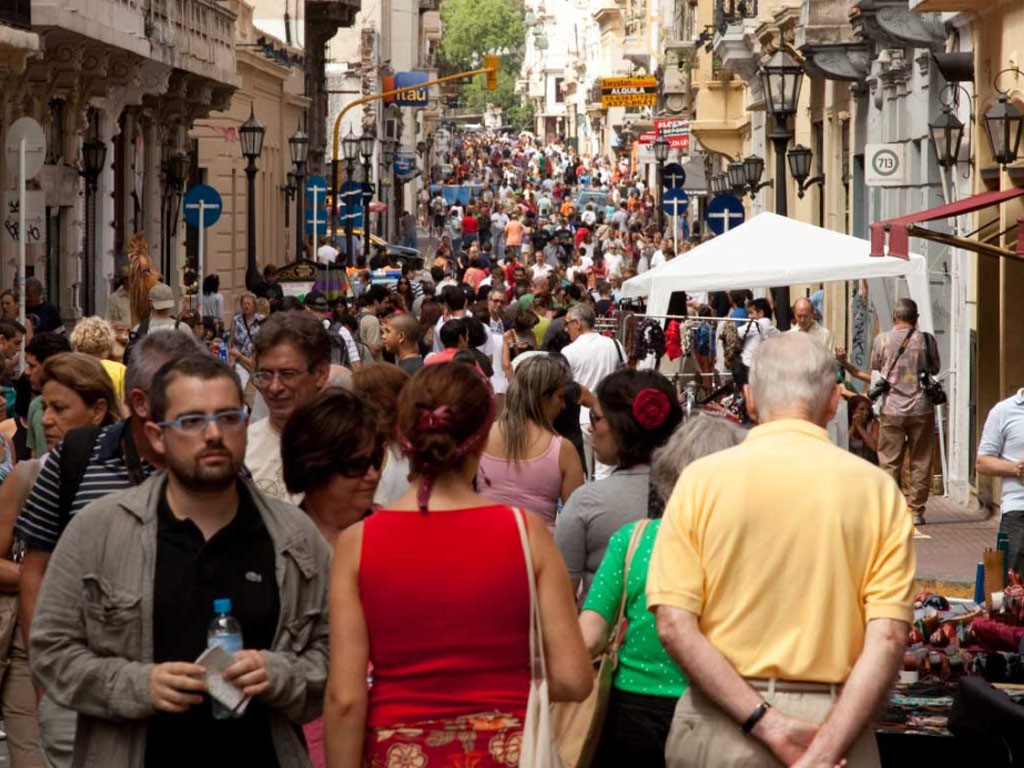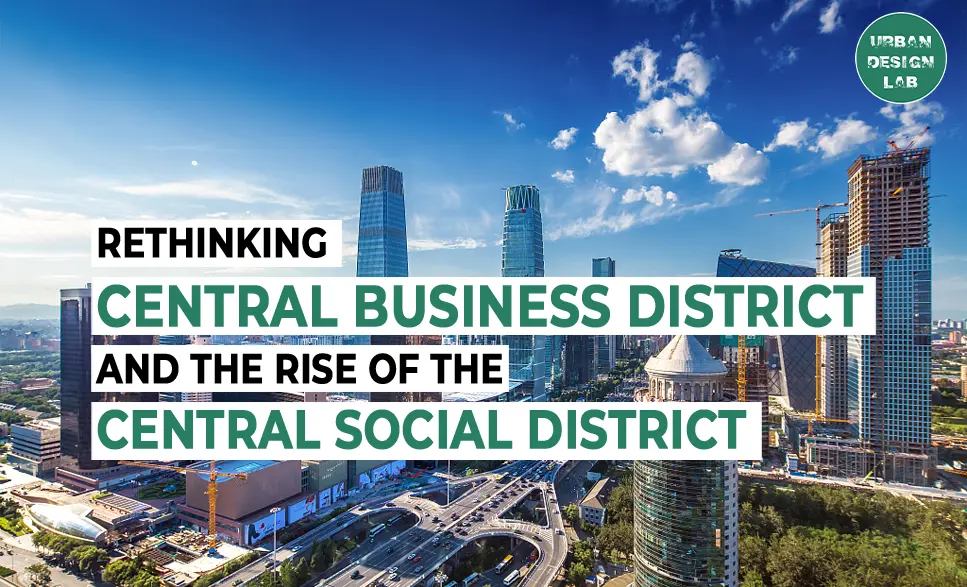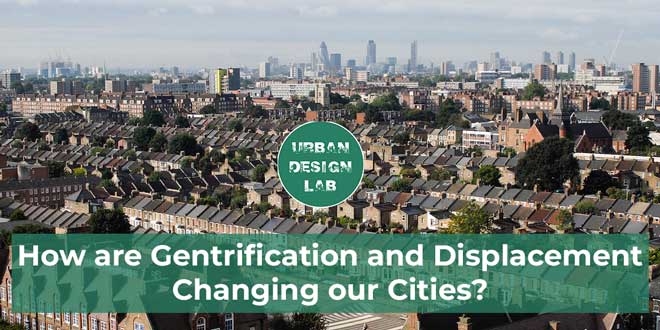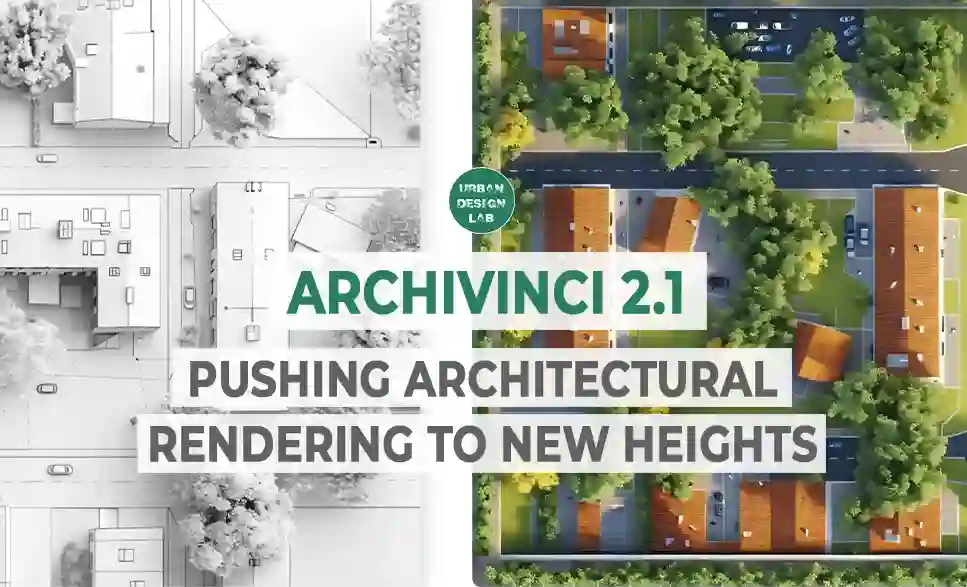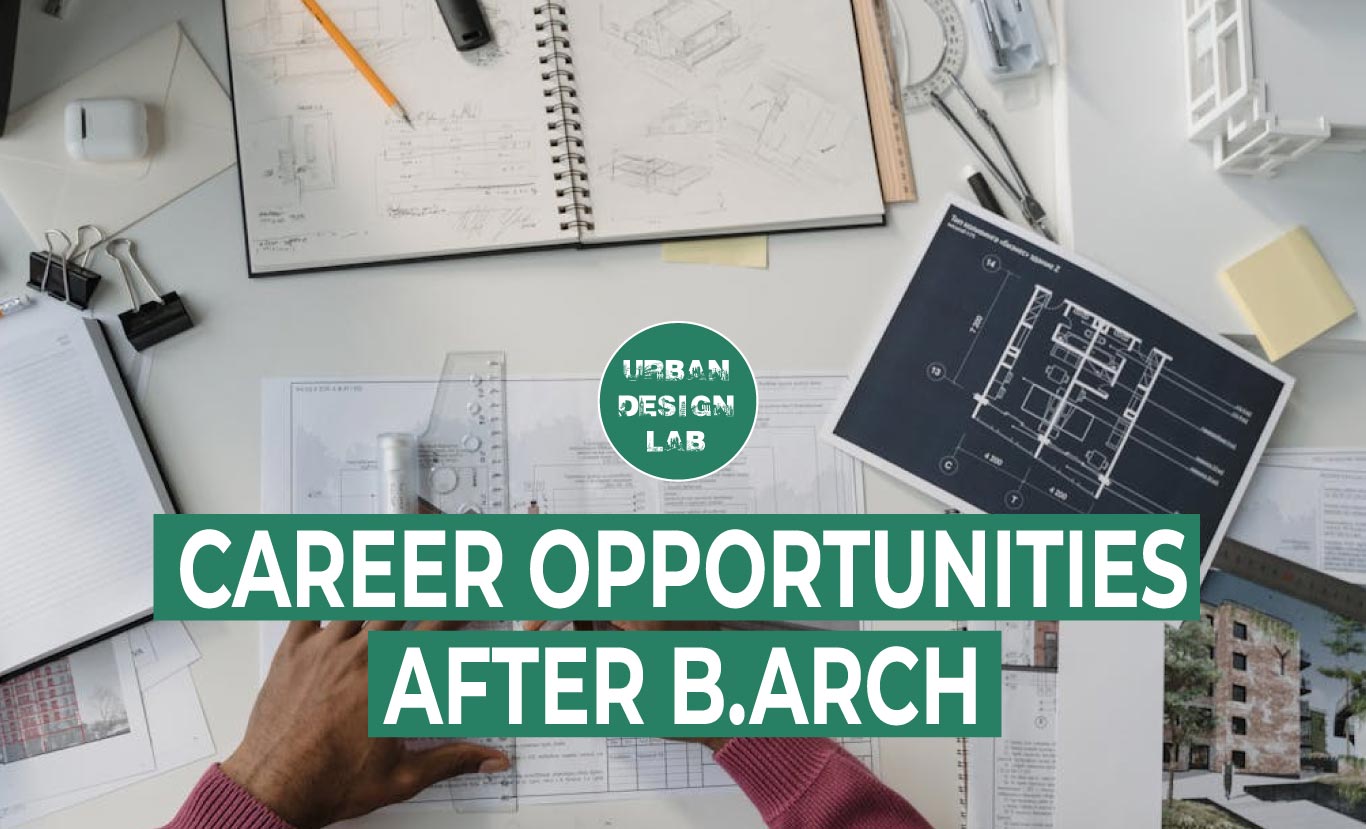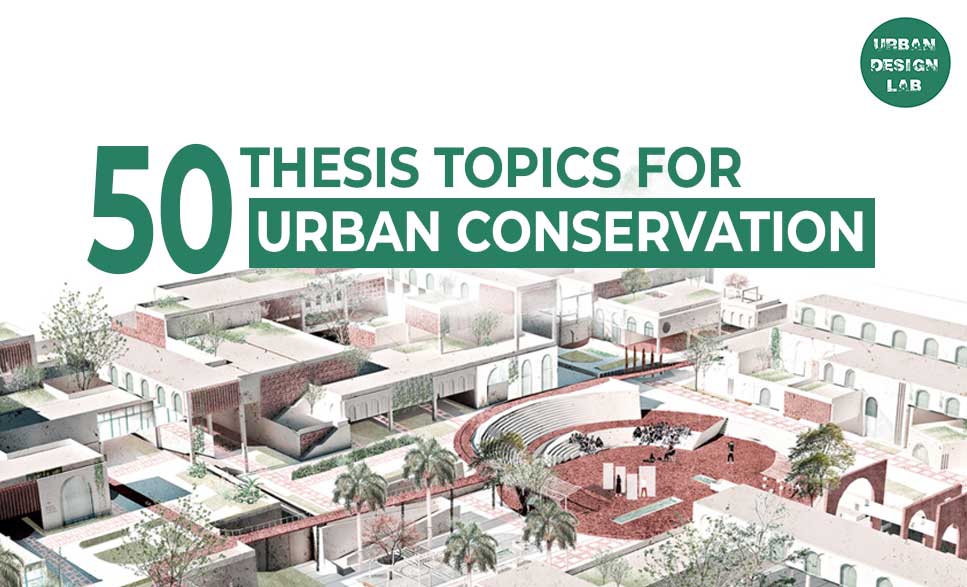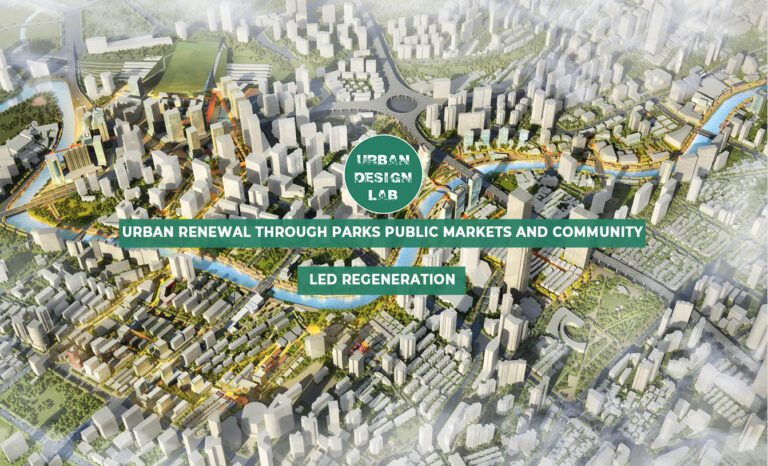
What Makes a Truly Livable City in 2025?
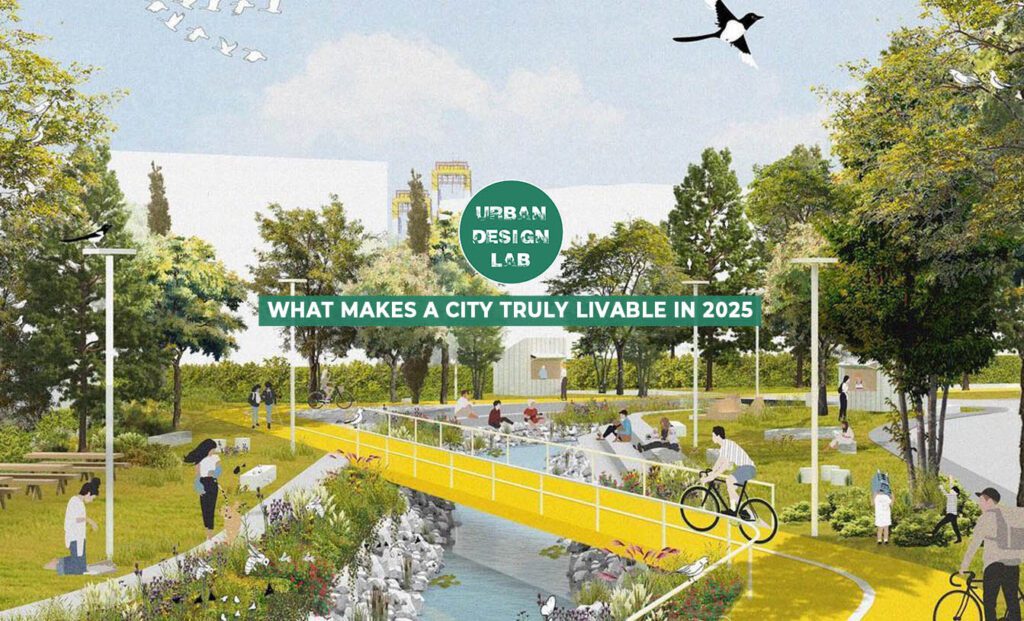
In 2025, the idea of a truly livable city goes beyond economic opportunity it’s about creating places where people feel safe, connected, and able to thrive at every stage of life. This article explores three essential pillars of urban livability: accessibility, walkability, and open green spaces. Accessibility ensures everyone can reach jobs, services, and public spaces easily, regardless of age or ability. Walkability prioritizes pedestrians, fostering healthier lifestyles, vibrant communities, and lower environmental impact. Green spaces provide environmental benefits, improve well-being, and strengthen social bonds. Real-world examples from Singapore’s Gardens by the Bay to Copenhagen’s award-winning urban model demonstrate how thoughtful planning and sustainable design transform cities into places where residents choose to stay, visitors feel welcome, and communities flourish. Together, these elements create urban environments that are inclusive, resilient, and inspiring setting the standard for city living in the years ahead.
What Makes a City Truly Livable in 2025?
Cities attract people with the promise of opportunity, services, and a better quality of life. But a truly livable city goes beyond jobs and housing it is a place where residents feel safe, connected, and supported throughout their lives. Research shows that people are more likely to stay when they have personal and economic security, meaningful experiences, and strong social networks across all ages.
In 2025, thriving cities balance vibrant public life with robust infrastructure. They offer a rich mix of housing, retail, entertainment, and cultural spaces that keep daily life engaging. Well-designed public spaces connect neighborhoods, strengthen local identity, and give people a sense of belonging.
A livable city is also one that supports people from childhood to old age, with accessible schools, healthcare, job centers, and age-friendly streets. This requires thoughtful urban design that integrates social, environmental, and economic priorities.
This article explores three essential elements shaping livable cities today: accessibility, urban walkability, and open green public spaces. These pillars not only improve daily life but also build resilience, helping cities adapt to future challenges while keeping people at the heart of development.
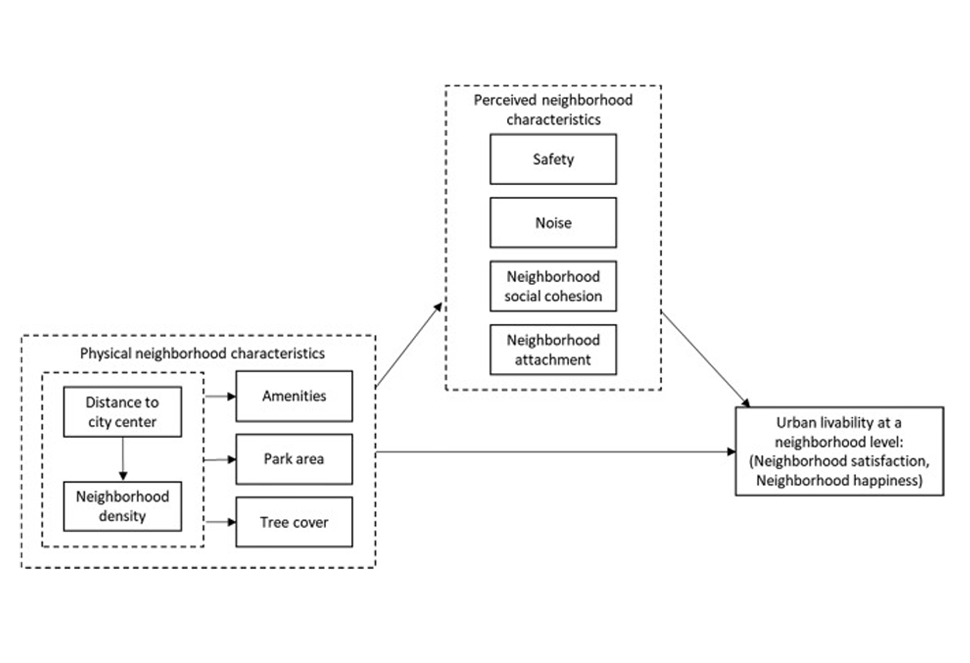
How Does Accessibility Shape a Livable City?
Accessibility is about how easily people can reach the places they need whether walking, cycling, driving, or taking public transport. It depends on how destinations are located, the quality of activities there, and the strength of connections between them. The greater the accessibility, the more options residents have within a short distance, time, or cost.
Good accessibility allows people to connect quickly with jobs, services, leisure areas, and public spaces. Visible, easy to reach locations also encourage social interaction, strengthen community ties, and make cities more inclusive. Strategic placement of transport hubs, mixed-use areas, and key services ensures spaces are well connected both locally and citywide.
True accessibility means “access for all” regardless of age, gender, income, or ability. This includes step-free stations, low-floor buses, dropped kerbs, safe crossings, good lighting, clear signage, and comfortable walking routes. Public spaces should be designed to welcome everyone, from seniors and children to cyclists and parents with strollers.
By removing barriers and linking people to opportunities, accessibility becomes a foundation for livability, ensuring cities work for all residents and fostering a sense of freedom and connection.
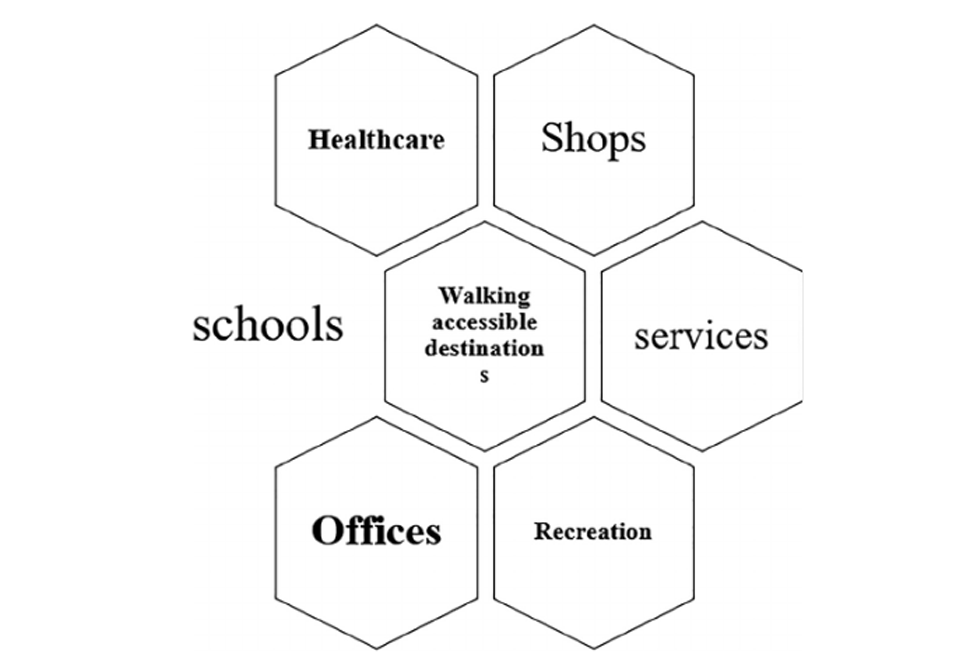
Source: Website Link
Why Is Walkability Essential for City Life in 2025?
Walkability is a cornerstone of livable, people-centered cities. It measures how easily and safely residents can move on foot, influenced by accessibility, connectivity, safety, and environmental quality. Well-designed pedestrian environments improve health, reduce congestion, strengthen local economies, and lower environmental impact.
In a walkable city, people can comfortably reach shops, schools, parks, and workplaces without relying on cars. Infrastructure such as wide sidewalks, shaded pathways, safe crossings, and clear wayfinding signs makes walking pleasant and secure. Mixed-use neighborhoods, where homes, services, and leisure areas are close together, further encourage walking.
Walkable cities benefit both residents and visitors. Locals enjoy improved health and stronger community connections, while tourists find it easier to explore and engage with local culture. By reducing vehicle use, walkable areas also help cut emissions and noise pollution.
Creating walkable environments requires both investment and policy support. Cities can prioritize pedestrian zones, improve public transit links, and integrate landscaping for comfort and safety. Ultimately, walkable cities foster vibrant public life, support inclusive mobility, and enhance quality of life for all.
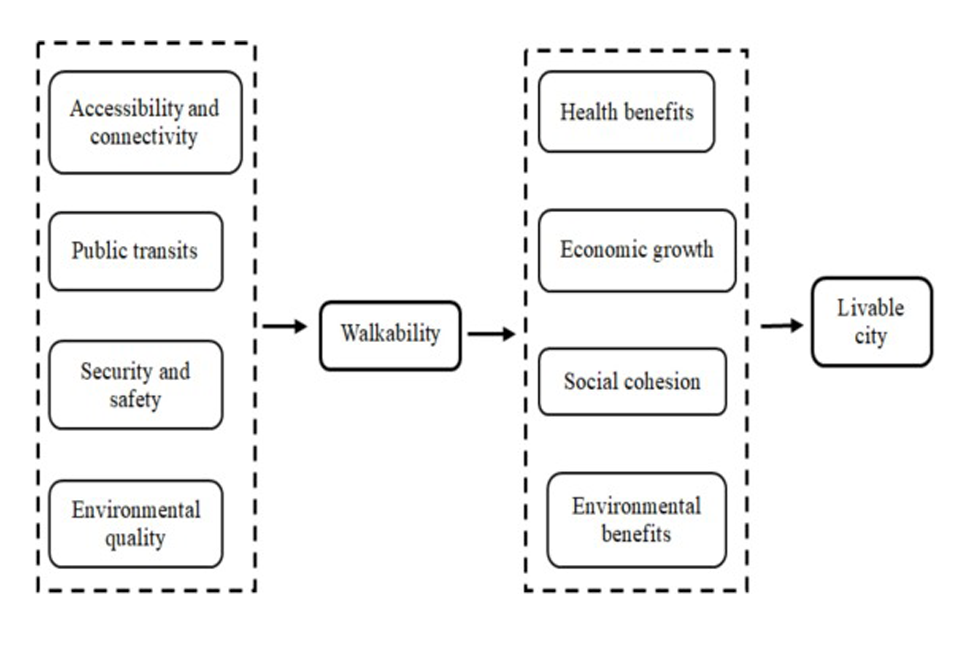
How Do Green Public Spaces Improve Urban Quality of Life?
Open green spaces are vital for a healthy and livable urban environment. The European Green Deal (2019) encourages cities to expand parks and green infrastructure to combat heat, clean the air, and prepare for climate change. Cities like Barcelona, Singapore, London, and New York show how greenery can transform urban life.
Parks, gardens, green roofs, and tree-lined streets provide shade, reduce temperatures, and improve air quality. They offer spaces for exercise, relaxation, and social interaction, which benefit both physical and mental health. Green areas are more than visual amenities they are essential infrastructure for resilience and well-being.
These spaces also strengthen community bonds. They host events, cultural activities, and daily encounters between neighbors. Accessible green areas are inclusive, welcoming people of all ages, abilities, and backgrounds.
Singapore’s Gardens by the Bay is a prime example 101-hectare landmark combining nature and design to boost biodiversity, attract visitors, and inspire other cities. By embedding green networks into urban planning, cities create cooler, healthier, and more connected environments, making them more attractive places to live and visit.
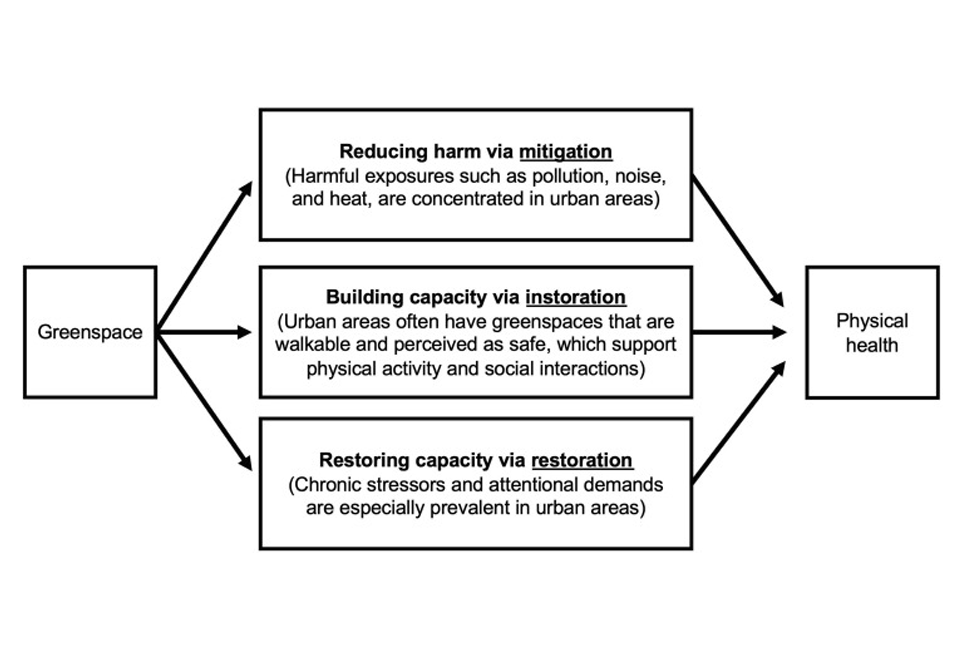
Why Is Copenhagen Ranked the World’s Most Livable City in 2025?
Copenhagen tops global livability rankings in 2025, reflecting decades of investment in people-focused urban planning. Known for its calm, welcoming atmosphere, the Danish capital prioritizes pedestrians and cyclists over cars. Streets are wide and safe, and all metro stations have elevators, making the city accessible to everyone.
Clean, reliable public transport and a strong cycling culture reduce congestion and pollution. Green spaces are integrated throughout the city, offering residents places to relax and children safe areas to play. The balance of infrastructure, safety, and sustainability supports a high quality of life.
Key strengths include:
- Safety and security
- Accessible, high-quality education
- Well-planned infrastructure for transport and public services
- Extensive green areas and cycling paths
- A variety of cultural and recreational amenities
Copenhagen’s success shows how combining sustainable transport, inclusive design, and abundant green space can create a city where people feel at home. Its model demonstrates that livability is achieved when cities are designed not just for efficiency, but for human connection, health, and happiness.
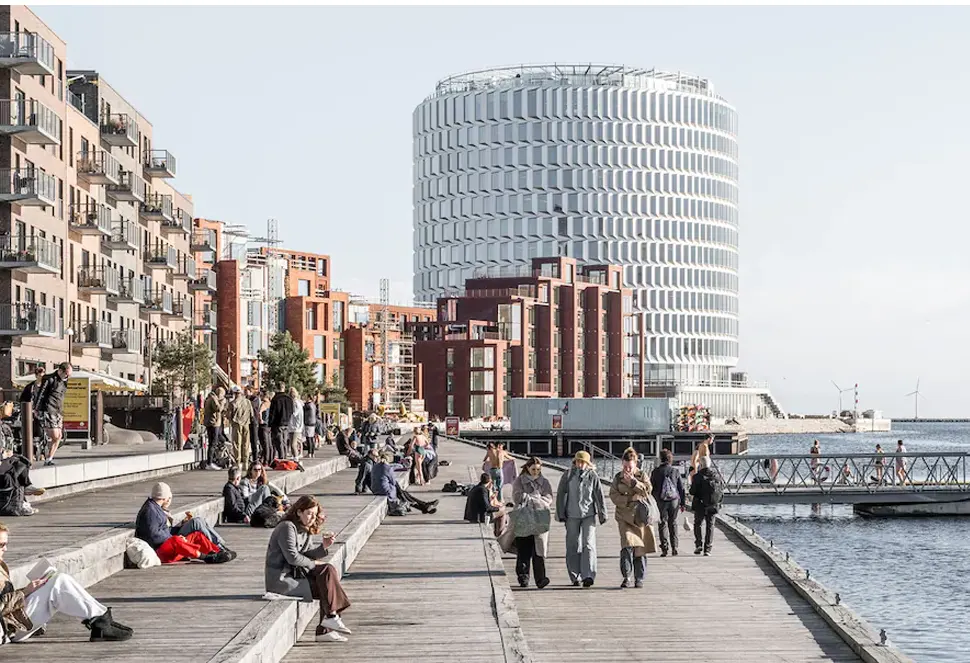
Conclusion
In 2025, a truly livable city keeps people at its heart creating places where residents not only arrive, but choose to stay for life. Accessibility ensures that everyone, from children to older adults, can reach opportunities, services, and public spaces without barriers. Walkability transforms streets into safe, vibrant corridors that encourage health, interaction, and a stronger sense of belonging. Open green spaces cool the air, restore the natural environment, and bring communities together.
But livability alone is not enough cities must also become magnetic. The most magnetic cities offer a reasonable cost of living, design for safety and cohesion, and expand access to high-quality healthcare. They connect rather than divide, remain compact and walkable instead of sprawling, and create authentic, engaging experiences that foster emotional connection. They adopt climate resilience programs to protect residents from severe weather and prioritize urban vibrancy over isolation.
By weaving these qualities into their urban fabric, cities can attract diverse populations at every stage of life, inspire civic pride, and build communities where people feel truly at home now and for generations to come.
References
- Bewketu Mamaru Mengiste, Yitayal Addis Alemayehu, Gebrie Tsegaye Mersha. (2025). Exploring the drivers of Walkability: Implications for enhancing perception and policy to livable cities. https://doi.org/10.1016/j.cacint.2025.100197
- Kostas Mouratidis, Athena Yiannakou. (2021). What makes cities livable? Determinants of neighborhood satisfaction and neighborhood happiness in different contexts. https://doi.org/10.1016/j.landusepol.2021.105855
- The world’s most liveable cities for 2025 – and what it’s really like to live there. (2025). From: https://www.bbc.com/travel/article/20250710-the-worlds-most-liveable-cities-for-2025
- Mary Christine Wheatley. (2024). Green Urbanism: Enhancing City Life Through Integrated Green Spaces. DOI: https://doi.org/10.70389/ PJES.100007
- Matthew H.E.M. Browning, Alessandro Rigolon, Olivia McAnirlin. (2021). Where greenspace matters most: A systematic review of urbanicity, greenspace, and physical health. https://doi.org/10.1016/j.landurbplan.2021.104233
- Guancen Wu, Dongqin Yang, Xing Niu, Zixuan Mi. (2024). The Impact of Park Green Space Areas on Urban Vitality: A Case Study of 35 Large and Medium-Sized Cities in China https://doi.org/10.3390/land13101560
- Saja Jamil Alamoush, András Kertész. (2022). Accessibility as a factor for a livable cities: The case of Salt City in Jordan. DOI: https://doi.org/10.1556/606.2022.00601

Juliana Ocaña
About the Author
Juliana Ocaña is an architect, with a Master’s in Urban Design from the National University of Colombia. She has explored how public space and building interfaces shape inclusive and vibrant cities through research, design, and community-oriented work. Her interests lie in integrating digital tools with contextual design to strengthen the relationship between people and place. With a human-centered and exploratory approach, she aims to reimagine urban environments in more adaptive and meaningful ways.
Related articles
UDL Illustrator
Masterclass
Visualising Urban and Architecture Diagrams
Session Dates
17th-18th January 2026

Urban Design Lab
Be the part of our Network
Stay updated on workshops, design tools, and calls for collaboration
Curating the best graduate thesis project globally!
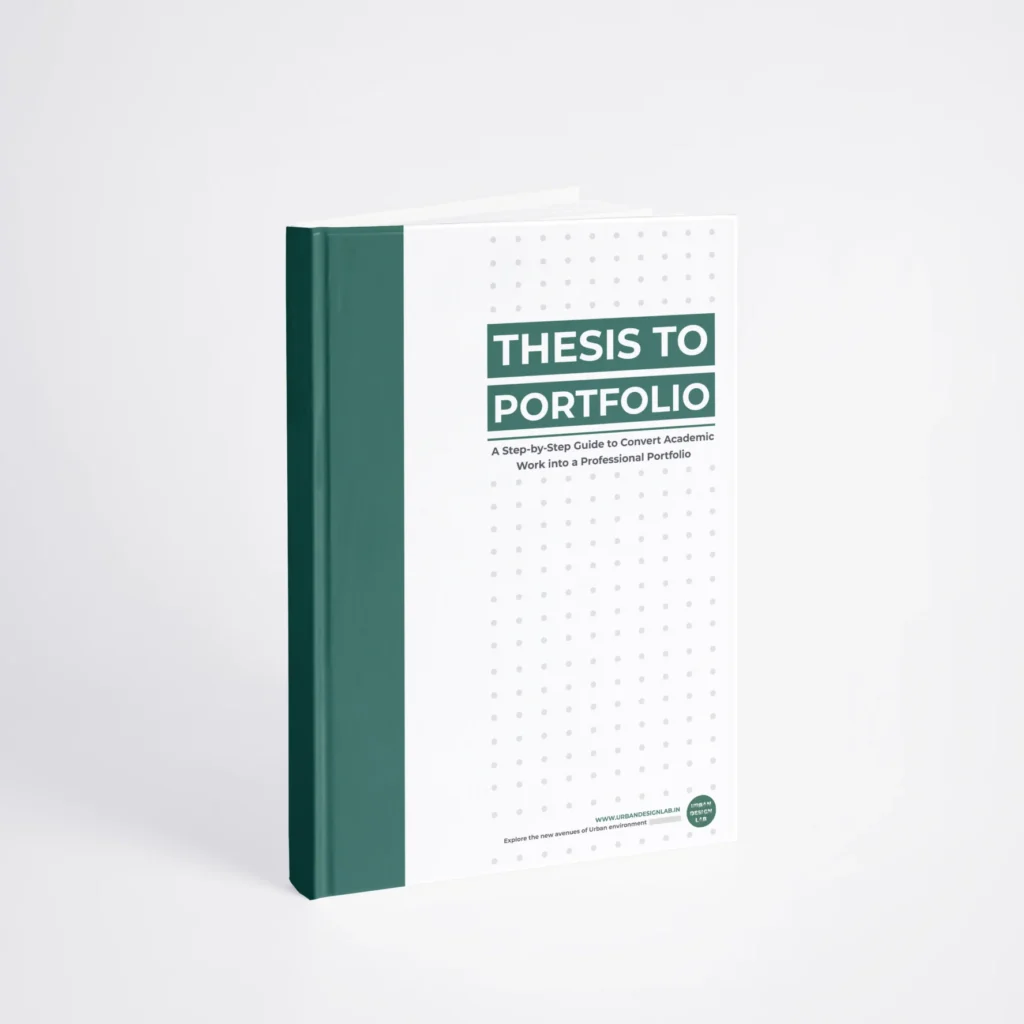
Free E-Book
From thesis to Portfolio
A Guide to Convert Academic Work into a Professional Portfolio”
Recent Posts
- Article Posted:
- Article Posted:
- Article Posted:
- Article Posted:
- Article Posted:
- Article Posted:
- Article Posted:
- Article Posted:
- Article Posted:
- Article Posted:
- Article Posted:
- Article Posted:
- Article Posted:
- Article Posted:
Sign up for our Newsletter
“Let’s explore the new avenues of Urban environment together “
